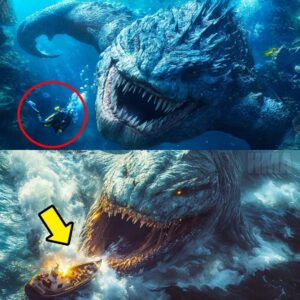The cranium of a man, aged between 40 to 50, bears the distinctive mark of an obliquely driven iron nail—a tool employed for securing the head, fastening it to a wall, or some other structure. This ritualistic act was relatively widespread among the Gallic communities of the Mediterranean and the Iberian tribes in the northern regions of present-day Catalonia.

Post-battle, they would sever the heads of their defeated adversaries and transport them to their residences. There, they would exhibit the skulls alongside their weapons, adorning facades, porches, or courtyards as grim war trophies.
Our journey takes us to the Iberian town of Ullastret, situated in the Baix Emporda region of Catalonia. This town is home to the largest Iberian settlement in Catalonia, dating back to around 550 BC.

Here, in the Iron Age, the heads of defeated enemies would be prepared and publically displayed alongside seized weapons.


This ceremonial tradition served to reinforce the authority of leaders, a common practice in Celtic cultures where severed heads were often suspended from the backs of horses or exhibited in front of the residences of triumphant warriors.
Ullastret was inhabited by the Indiketes, an ancient Iberian people who communicated through the Iberian language.

Archaeological Museum of Ullastret. Archaeology. Inauguration of the exhibition on Severed Heads (Crania). The event will feature the Culture Minister Ferran Mascarell and Joan Pluma.
In 218 BC, they fell under Roman rule during the Roman conquest of Hispania. A rebellion ensued in 195 BC, only to be quelled by the consul Marcus Porcius Cato.






